Let the record show that Russia may see cutting off its future revenues as a lesser price to pay than denting Vladimir Putin’s ego. And that could very well be a rational calculation, given the tremendously destabilizing impact that a humiliation in Ukraine would likely produce. However, the humiliations stacking up on the other side of the equation carry a cost too, sometimes literally:
Russia will cut natural gas supplies to Finland on Saturday, according to Finland’s state energy provider, the latest salvo in a growing confrontation between the two countries over the war in Ukraine.
Finland this week applied to join NATO, reversing a longstanding policy of military neutrality and angering Russia, which sees the eastward expansion of the alliance as a threat to its national security. Moscow had previously threatened “retaliation” if Finland joined NATO. The two countries share an 830-mile border.
The ostensible reason for the halt in Russian gas exports, though, was a dispute over payments that had been rumbling for weeks.
Gasum, the Finnish energy provider, said on Friday that Russia was suspending the supply of natural gas to Finland starting at 7 a.m. the next morning because the country had failed to comply with Moscow’s demand to make payments in rubles. The move comes just days after Moscow also suspended electricity exports to Finland, citing payment issues.
This isn’t a small issue for Finland, at least not in the immediate time frame. Russian energy imports accounted for about a third of Finland’s usage in 2021, across a number of technologies:

That, however, reflected a status quo ante that Putin’s invasion of Ukraine demolished. Finland has spent the last few months developing its plans for energy independence from Russia, and has repeatedly declared that it could have gone without Russian energy all along. They viewed that trade relationship as strategic, not economic, and with trade no longer mattering to Putin, it no longer has any strategic value to Helsinki, either.
Besides, Finland already has new partners for energy imports. They announced a trade deal today with Estonia, a far more reliable partner:
Excelerate Energy Inc. signed a 10-year deal to move a ship that stores liquefied natural gas to Finland, allowing the nation and its neighbor, Estonia, to end Russian natural gas imports as soon as winter.
At a ceremony in Helsinki, state-owned natural gas distributor Gasgrid Finland Oy agreed Friday to charter the use of a specialized tanker from Excelerate known as a floating storage and regasification unit, or an FSRU. The ships are used as offshore LNG import terminals. …
Finland and Estonia account for roughly 3 billion cubic meters of demand per year and the tanker can deliver 5 billion cubic meters per year, Excelerate’s CEO Steven Kobos said in a telephone interview from Finland. That’s around 52 cargoes, according to company figures.
Finland had already begun switching from Russia to Norway for its oil imports in the immediate aftermath of the invasion. They will find other sources, likely domestic, for the rest of the imports shown on the chart from 2021. Those changes will likely be permanent too, which means that Russian energy production will bring in far less money over a very long period of time than would have been the case if Putin had just stuck with nominal control of Crimea and sotto voce control of the Donbas.
Russia’s next threat after NATO expansion in Finland is directed at the rest of Europe:
Russia will establish 12 new military bases in the west of the country in response to Sweden and Finland applying for NATO membership.
Defence Minister Sergei Shoigu made the announcement on Friday, saying that the new bases would be in place “by the end of the year”.
He said “12 military bases and units will be deployed in the Western Military District”, telling senior ministry and army officials that there was a “growth of military threats on Russia’s borders”, blaming NATO and the United States.
Russia’s Interfax news agency reports that Moscow is taking “adequate countermeasures” in response to those perceived “military threats” in the west.
As a deterrent, that is weak sauce. An expansion program of that scope takes a lot of capital, and Russia won’t have much of it while sanctions last. They also don’t have formations to sustain those bases as a threat; they’re burning units and troops down in Ukraine, a point to which we’ll return in a moment. The problem for Russia is that the West will have lots of capital and can respond in kind — and Poland is already proposing it:
Poland is prepared to construct new bases to host more NATO forces and other countries along the alliance’s eastern flank ought to follow suit, Prime Minister Mateusz Morawiecki told security leaders gathered in Warsaw.
“Permanent bases of allies should be established in NATO’s eastern flank countries,” Morawiecki said Thursday at the Strategic Ark think tank forum. “Poland is ready to build such bases (to include) light infantry units on a permanent basis.”
Before the ongoing Russia-Ukraine war, there were 80,000 U.S. troops in Europe, about 65,000 of whom are permanently based on the Continent.
Since the Feb. 24 launch of Russia’s full-scale invasion of Ukraine, temporary reinforcements have been sent in, bringing the total number to just over 100,000.
This brings us to a very big strategic problem for Russia — human resources. Even apart from economics, the estimate for Russia’s population is around 146 million, with a seriously declining birth rate to boot. The population in Europe is well over 600 million without Russia, and a combined 360 million between the US and Canada. Even without a draft or conscription, NATO can call up far more resources than Russia and can wind up bankrupting Moscow — just as we eventually did in the Cold War, and in a lot less time to boot.
Even if Russia had the manpower to fill all those new bases, their economy can’t generate enough money for them without access to Western markets. On top of that, Russia doesn’t have that kind of manpower — in fact, they’re having trouble getting enough manpower to fulfill their mission against non-NATO Ukraine. They’re proposing to lift the age caps on recruitment and conscription to get more middle-aged men into the military:
Under an amendment introduced by senior lawmakers, Russians older than 40 would be able to sign first-time military service contracts. The law would bring in more service members with in-demand specialties, such as medical workers and engineers, a statement from the lower house of Parliament said on Friday.
“Highly professional specialists are needed” to operate military equipment, the statement said, making no mention of a manpower shortage in the field.
But experts say Russia is suffering from a manpower shortage as it takes losses in Ukraine.
If Russia had the resources to build and staff a dozen new military bases, they wouldn’t be looking for first-time middle-age recruits, not even for “specialities.” One suspects that today’s recruitment opportunities will be tomorrow’s conscription mandates too, and both moves will have ordinary Russians questioning even more just how much truth their state-run media has told them about Ukraine. It looks like Putin’s conventional forces were nothing more than a series of bluffs and illusions, and Putin thinks he can keep creating more smoke and mirrors to extricate himself from a trap of his own making. That will cost Russia dearly, in men, money, and honor before this is over … or Putin is.
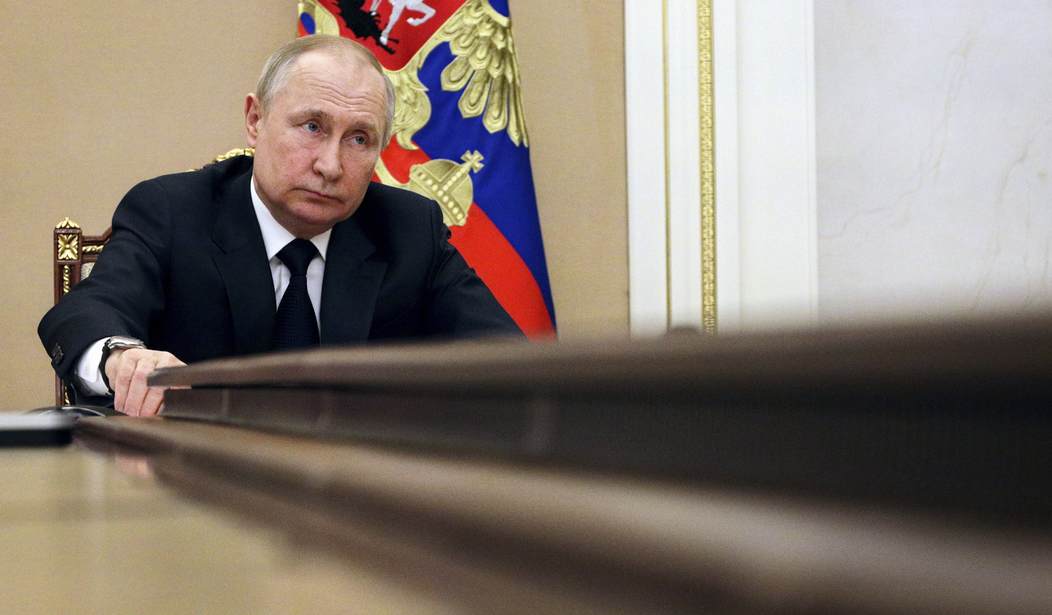



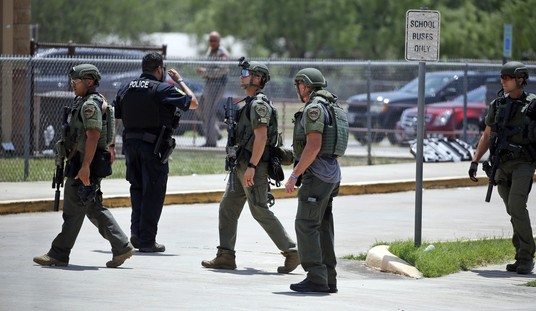
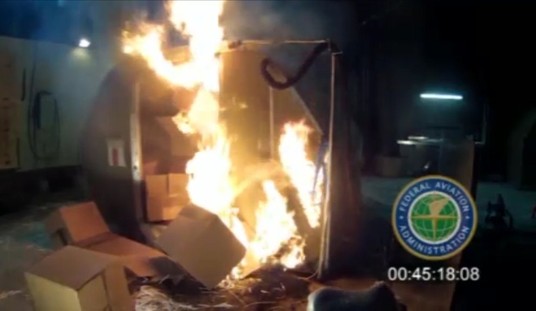
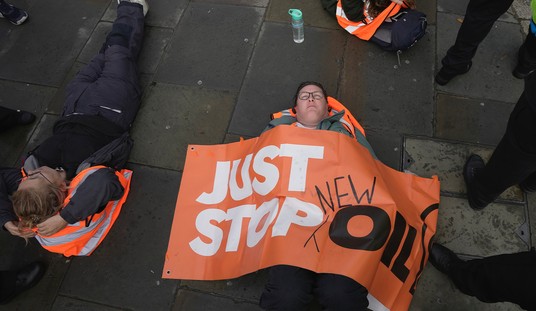
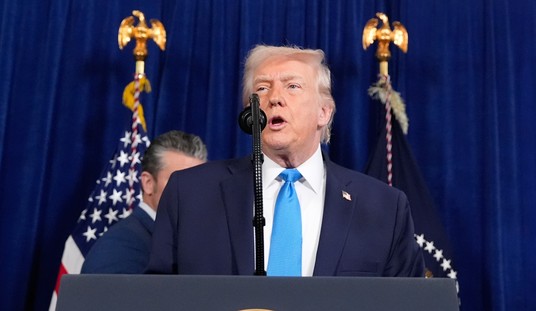
Join the conversation as a VIP Member